
The kris or keris is a Javanese asymmetrical dagger with a distinctive blade-patterning achieved through alternating laminations of iron and nickelous iron (pamor). The kris is famous for its distinctive wavy blade, although many have straight blades as well, and is one of the weapons commonly used in the pencak silat martial art native to Indonesia. Kris have been produced in many regions of Indonesia for centuries, but nowhere—although the island of Bali comes close—is the kris so embedded in a mutually-connected whole of ritual prescriptions and acts, ceremonies, mythical backgrounds and epic poetry as in Central Java. Within Indonesia the kris is commonly associated with Javanese culture, although other ethnicities in it and surrounding regions are familiar with the weapon as part of their cultures, such as the Balinese, Sundanese, Malay, Madurese, Banjar, Buginese, and Makassar people. The kris itself is considered as a cultural symbol of Indonesia and also neighbouring countries like Brunei, Malaysia, Philippines, Singapore, and Thailand.

Sri Sultan Hamengkubuwono IX, often abbreviated as HB IX, was an Indonesian politician and Javanese royal who was the second vice president of Indonesia, the ninth sultan of Yogyakarta, and the first governor of the Special Region of Yogyakarta. Hamengkubuwono IX was also the chairman of the first National Scout Movement Quarter and was known as the Father of the Indonesian Scouts.

Jaap Kunst was a Dutch musicologist. He is credited with coining the term "ethnomusicology" as a more accurate name for the field then known as comparative musicology. Kunst studied the folk music of the Netherlands and of Indonesia. His published work totals more than 70 texts.
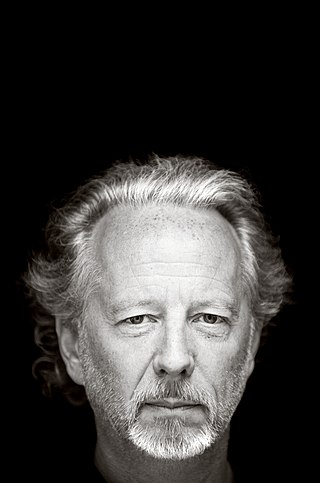
Stefan Hertmans is a Flemish Belgian writer. He was head of a study centre at University College Ghent and affiliated researcher of the Ghent University. He won the Ferdinand Bordewijk Prijs in 2002 for the novel Als op de eerste dag.
Tjalie Robinson is the main alias of the Indo (Eurasian) intellectual and writer Jan Boon also known as Vincent Mahieu. His father Cornelis Boon, a Royal Netherlands East Indies Army (KNIL) sergeant, was Dutch and his Indo-European mother Fela Robinson was part Scottish and Javanese.

Samuel Iperuszoon, Knight Wiselius was a successful Dutch lawyer and a prominent Patriot and democrat, involved in the dismantling of the Dutch East India Company (VOC) and the negotiations over the Cape. Wiselius was a witty, Voltairian spirit with political views far ahead of his time who would end his days writing dramas on Classical themes. Wiselius corresponded with nearly all the main players at the time of the Batavian Republic and it would be impossible to know that period completely without his carefully kept and neatly written correspondence. He was also a poet, historian and superintendent of the police.

Louisa Johanna Theodora "Wieteke" van Dort was a Dutch actress, comedian, singer, writer and artist of Indo descent. On 29 April 1999, Queen Beatrix appointed her Knight of the Order of Orange-Nassau.

Sri Baduga Maharaja or Sang Ratu Jayadewata was the great king of the Hindu Sunda kingdom in West Java, reigned 1482 to 1521 from his capital in Pakuan Pajajaran. He brought his kingdom greatness and prosperity.

The Tugu inscription is one of the mid 5th century Tarumanagara inscriptions discovered in Batutumbuh hamlet, Tugu village, Koja, North Jakarta, in Indonesia. The sanskrit stone inscription of King Purnavarman is of special interest because it preserves the record of river-works executed in the middle of the fifth century. The inscription contains information about hydraulic projects; the irrigation and water drainage project of the Chandrabhaga river by the order of Rajadirajaguru, and also the water project of the Gomati river by the order of King Purnawarman in the 22nd year of his reign. The digging project to straighten and widen the river was conducted in order to avoid flooding in the wet season, and as an irrigation project during the dry season.

Javanese Surinamese are an ethnic group of Javanese Indonesians descent in Suriname. They have been present since the late 19th century, when their first members were selected as indentured laborers by the Dutch colonizers from the former Dutch East Indies.

Raden Mas Noto Soeroto (1888–1951) was a Javanese prince from the Jogjakarta noble house of Paku Alaman and was a poet and writer of Dutch Indies literature and journalist from the Dutch East Indies. He significantly contributed to the Dutch literary system by exploring new literary themes and focusing on indigenous protagonists, at the same time drawing attention to indigenous culture and the indigenous plight.

De Kris Pusaka is a Dutch television series broadcast by the Katholieke Radio Omroep. The series was written by Anton Quintana and directed by Bram van Erkel, with cinematography by Fred Tammes. It was a popular success. Its thirteen 25-minute episodes were broadcast from 31 October 1977 until 30 January 1978.
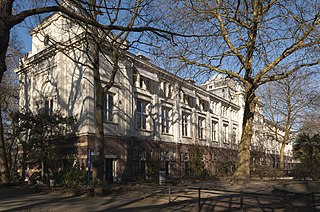
Ethnographic Museum Artis was an ethnographic museum in Amsterdam, Netherlands. It was situated at the Artis zoo.
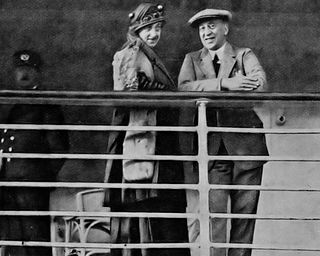
Elisabeth Wilhelmina Johanna (Betty) Couperus-Baud, was a Dutch translator. She was the wife of the Dutch writer Louis Couperus (1863–1923).

Johannes Jacobus (Jan) van der Vaart was an influential Dutch ceramicist from the 20th century, known as founder of the abstract-geometric ceramics in the Netherlands.
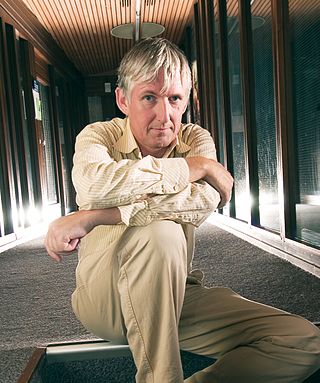
Jan Luiten van Zanden is a Dutch economic historian and professor of Global Economic History at Utrecht University. He is a widely acknowledged specialist in Dutch, European and Global Economic History.
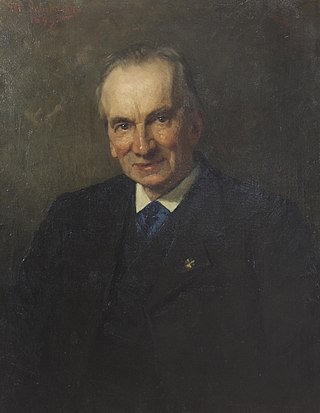
Frederik Willem van Eeden was a Dutch amateur botanist. He was the father of the writer Frederik van Eeden.
Eduard Siegfried"Eddy"de Jongh is a Dutch art historian specialized in iconography. He was professor of art history with a teaching assignment in iconography at Utrecht University between 1976 and 1989.

Louise Elisabeth (Wies) van Groningen, was a Moluccan Dutch writer and story collector. She was active in the Black, migrant and refugee women's movement and in the Dutch Moluccan and Indonesian community. Her aim was to improve information for and about ZMV women. She wrote many stories about her ancestors, and encouraged Dutch Indonesian and Moluccan women and men to record the life stories of their ancestors.


















